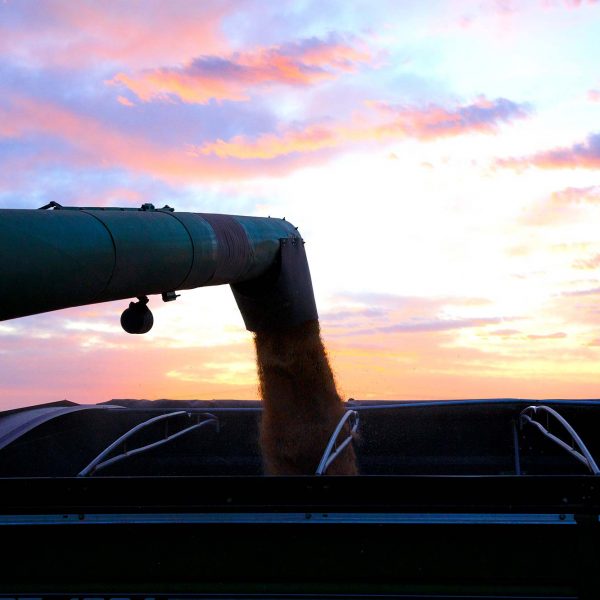
Sorghum for Dairies
By Brent Bean, Sorghum Checkoff Agronomist
Lubbock, Texas
In many areas, corn has historically been the crop of choice for dairy silage. However, over the last few years, forage sorghum has been shown to be an excellent alternative to corn, especially in those areas where water is limited.
Put simply: forage sorghums can tolerate drought stress better than most other forage crops, including corn. Studies have shown that sorghum silage requires approximately 75 percent of the water that corn would use for maximum production. This resonates with many growers who have experience long periods of drought over the past several years. Also, forage sorghum input and seed costs are less than many other forage crops. Thus, the market for forage sorghum is steadily growing.
Sorghum vs Corn
What makes sorghum different from corn? The biggest factor is the diversity in sorghum compared to corn. Corn grain hybrids can often be used as silage hybrids where sorghum has many diverse types of hybrids that have specific uses. These include hybrid grain sorghums, hay type sorghums referred to as “sudans,” “sudangrass,” “sudangrass x sorghum hybrids,” or the generic term “haygrazers.”
Over the last 20 years, sorghum companies have developed hybrids for silage that differ considerably from forage sorghums of old. Specifically, hybrids have been introduced with higher nutritional quality, better standibility, and improved drought tolerance.
Two of the traits being marketed are brown midrib (BMR) genetics that improved digestibility and brachytic genes that help BMR forages with lodging. These brachytic hybrids have short internodes making their height somewhat less than most conventional forage sorghums while still maintaining tonnage.
Dairy Feed
Sorghum can replace corn and other grains in dairy rations with no difference in dry matter intake, milk yield, milk fat percent and breeding worth.
Understanding sorghum is a bit more complex than corn silage, but with a proper understanding of the management and nutritional differences, forage sorghums can be a valuable feed for dairies that require less inputs and water. Hybrids are available for high tonnage, high energy value, and low or high starch content, depending on the needs of the dairy nutritionist.
The Sorghum Checkoff continues to fund key projects to study and develop information to help educate dairy producers of the nutritional values of grain sorghum. Micheal J. Brouk, Ph.D., in the Department of Animal Sciences and Industry at Kansas State University authored the Sorghum Checkoff’s “Sorghum in Dairy Production Feeding Guide” containing information concerning the benefits of sorghum in dairy production.
The informative guide can be downloaded here.




